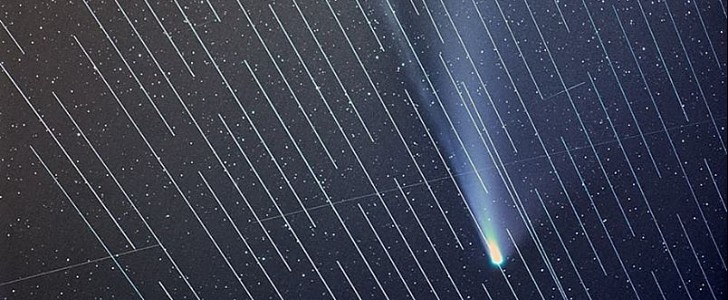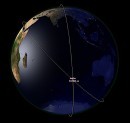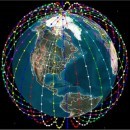If you're not familiar with Elon Musk's Starlink project, allow us to brief you. The idea is to make the almighty Internet available everywhere and to everyone via a constellation of small satellites that float around in Earth's lower orbit.
It's a great idea when you think about all the benefits an Internet connection brings - unlimited access to information, which in turn can lead to better education - or a pretty terrible one when you think about how it'll actually be used: Facebook.
Jokes aside, the project is underway and while there's still a lot of ground to cover, so to speak, the first Starlink satellites are already in the air. Well, on top of it, actually. Great news for some, presumably, but absolutely terrible news for others, including astrophotographer Daniel López.
The Canary Islands-based photographer attempted to shoot the Comet NEOWISE, only to find his images photobombed by a pack of SpaceX's Starlink satellites. The picture looks great with all those traces left by the tiny floaters, but we doubt it's what López was after.
Artificial light pollution is not a new problem with some news saying years ago that there's not one place left in the UK where you can actually see the stars in the night's sky. But if that seems like a minor inconvenience, the effect of this overabundance of light has had on wildlife is a lot more severe, with several species having their behavior altered significantly.
With over 12,000 satellites planned for the Starlink project alone (other companies might do something similar as well), the sky is only going to get busier and busier. That spells trouble for astrophotographers, but also astronomy as a whole, as light artifacts can (and already have) interfere with observing distant objects.
Steps are being made to reduce the amount of light being bounced back by the satellites. One simple solution would be coating the entire satellites in matte black paint, but don't forget their antennas need to reflect radio waves, so not everything can be covered. It's either they find a solution, or bye-bye starry night. What's more, humanity will also have to move its telescopes beyond Earth's orbit. That won't be a problem when we have our first Mars colony, but about in the meantime?
Jokes aside, the project is underway and while there's still a lot of ground to cover, so to speak, the first Starlink satellites are already in the air. Well, on top of it, actually. Great news for some, presumably, but absolutely terrible news for others, including astrophotographer Daniel López.
The Canary Islands-based photographer attempted to shoot the Comet NEOWISE, only to find his images photobombed by a pack of SpaceX's Starlink satellites. The picture looks great with all those traces left by the tiny floaters, but we doubt it's what López was after.
Artificial light pollution is not a new problem with some news saying years ago that there's not one place left in the UK where you can actually see the stars in the night's sky. But if that seems like a minor inconvenience, the effect of this overabundance of light has had on wildlife is a lot more severe, with several species having their behavior altered significantly.
With over 12,000 satellites planned for the Starlink project alone (other companies might do something similar as well), the sky is only going to get busier and busier. That spells trouble for astrophotographers, but also astronomy as a whole, as light artifacts can (and already have) interfere with observing distant objects.
Steps are being made to reduce the amount of light being bounced back by the satellites. One simple solution would be coating the entire satellites in matte black paint, but don't forget their antennas need to reflect radio waves, so not everything can be covered. It's either they find a solution, or bye-bye starry night. What's more, humanity will also have to move its telescopes beyond Earth's orbit. That won't be a problem when we have our first Mars colony, but about in the meantime?




